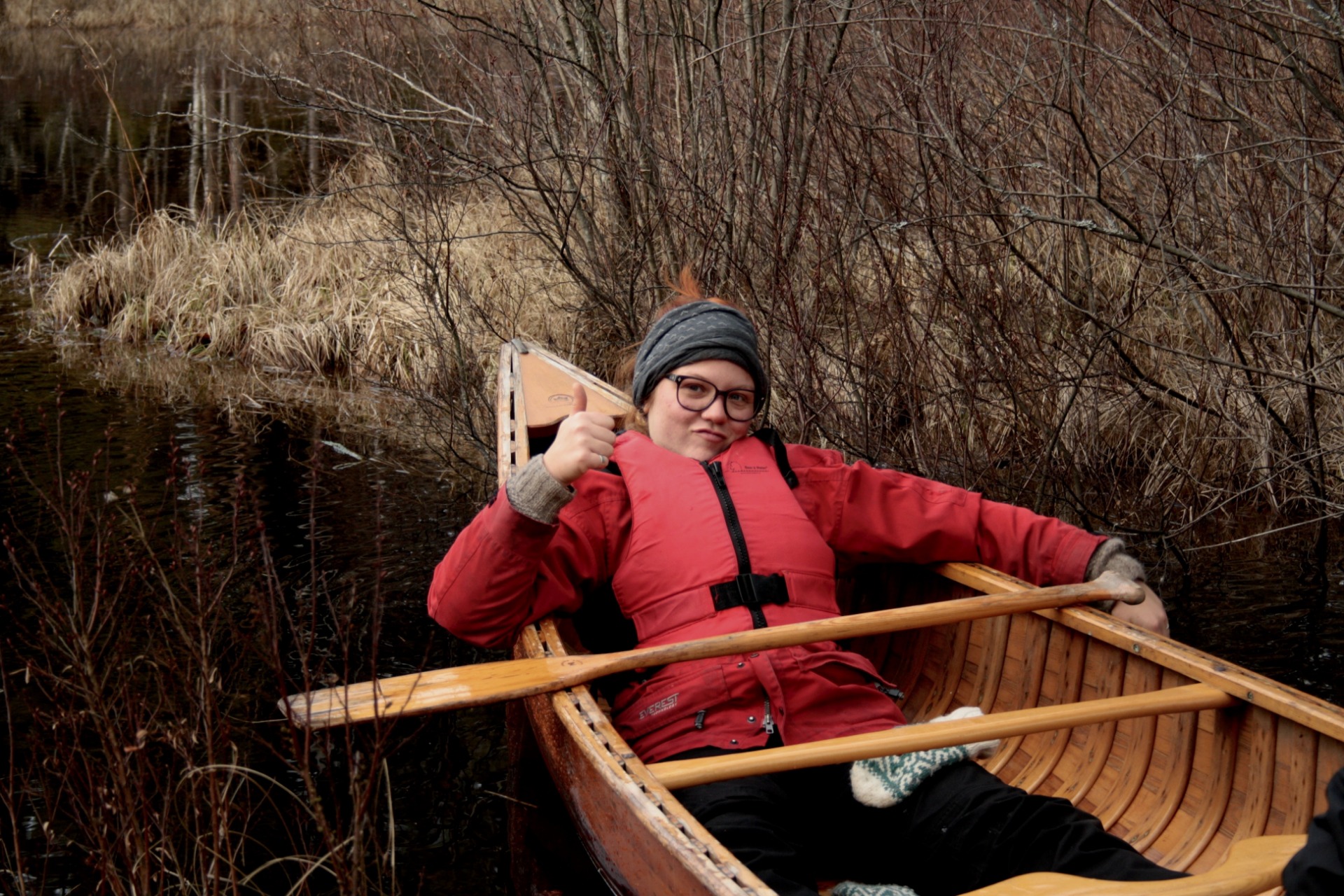Gear maintenance

Hello!
Spring is on its way, in most parts of Sweden, and we're longing for new adventures canoeing and hiking. But before we set off into the new season and put our winter gear into storage, it's time to check on it. What needs reapir or some extra care? And what about your paddles, lighter hiking boots etc? In this post I'll share some ways to take care of your outdoor gear, so that it'll last for your future adventures.

Boots
Before storage, or after longer trips:
- Dry. I put my boots on the bathroom floor to dry. Regular room temperature is good enough, if I dry them to warm, the leather might crack.
- Clean. If they're dirty I wash them with warm water and a dishbrush (dedicated for shoes) using small circular motions. When I'm done i wipe them of with a piece of cloth.
- Grease. You need different stuff to impregnate your boots depending on materials. Some needs a special spray while others can do with grease. Google it if you're not sure! My shell boots are made of leather, so I grease them. Some use a fancy boot brush, you do you. I simple put some grease on my fingers and rub it in. I'm particulary careful under the lacing and the seams. A pair of well greased boots are water proof and shapes nicely around your feet without the leather cracking.
Skis
If you're rocking a pair of wooden skis, this is the time of year you want to put tar on them before storage. I apply some tar with a small brush (40 mm), not so thick that it's dripping, not so thin that there are bare spots. This year I put on an extra layer of tar when the first one was dry, since it looked to thin. I'm particularly careful 1 meter (ca 3 feet) under the bindings, since this part is exposed to most hardships. If you miss out on putting tar on your skis before the bugs awake, you can tar them indoors and dry them with a heat pistol.
I put my skis to dry outdoors against a wall facing south. I've also put the poles for our tripod around them for support when it's windy. You can also put them upside down on pallets or a pair of garden chairs.

Sleeping bag
You want to storage your sleeping bag as lofty as possible. They don't prosper from being constantly squeezed in their bags. I store my homemade, down sleeping bag in a wooden treasure chest, since we're living in a house in the countryside and there are mice from time to time. But I know people store them on gallows in their closet or in a big lofty sack. The scarf with flowers is there as protection between the sleeping bag and the lock.
I use a sleeping bag liner and hardly ever wash my sleeping bags, I put them to ventilate in the morning or after the trip.
Woolen clothes
Most of my woolen garments are with me all year round, but it doesn't hurt checking for holes in them anyway. Small holes can be mended by sewing zig-zag across them. Woolen socks and sweaters can be stitch-mended (search on youtube for tutorials). Is your merino under garments beyond repair? Don't ditch them yet - first check out this post on making new clothes out of merino under garments.
When storing woolen clothes, I fold them and put a small bag with lavender or labrador tea between the garments. Partly to keep moths away, partly since they smell better when you want ot use them again.

Axe and knife
You've certainly heard "keep your tools sharp". But how? And how do you know that they're sharp? I'm not an expert on sharpening tools, but this is how I do it:
To sense wether it's sharp or not I gently stroke across (Not along) the edge with my thumb. If it's smooth enough to pat children with or uneven, it's about time to sharpen it.
If you don't own a grindstone, check with your local community groups on Facebook for someone who has one. (With some luck they might also be able to show you how to use it.) I lean the bevel against the stone, keeping my hands close to my body as I'm working. It might be slightly uneven in the beginning before you get the feeling for it. With the grindstone you get a raw edge.
When I have my raw edge I find myself a fine wet stone, lean it against the bevel and slide off the edge in a straight motion. I lift it on my way back and repeat.
Finally I strop the edge by sliding the bevel against the back of a leather belt or similar. Then I check with my thumb across the edge. Does it feel slight scratchy? Yes - good work! No - give it a go with the wet stone some more or start all over.

Paddles
I sand and treat my paddles with linseed oil before each season, sometimes even during the season depending on how the paddles are treated. Raw linseed oil goes deeper into the wood, but takes some more time to dry. When using boiled linseed oil, I mix it with 1/3 of turpentine, next time 1/5 turpentine and last go pure linseed oil.

Was this post helpful? Please, share it with friends and family! Do you have more hacks/advice on the subject? Please, share in the comments or stories and tag @tracelessintiveden so that we may help spreading the knowledge!
Take care of yourselves, and mend in peace!
/Lovisa